How to cure muscle pain in the upper arm?
If you have pain in the upper arm and searching for How to cure muscle pain in the upper arm? – various treatment option we discuss in this article.
Upper Arm pain is defined as discomfort & pain experienced anywhere throughout the arm.
This pain is leading to in the wrist, elbow & shoulder joints. This Arm pain occurs due to a variety of causes. The most common causes of muscle pain are injury & overuse. Depending on the cause, this is produced to symptoms. this pain is relieved by pain medication, RICE principle & physiotherapy treatment.
Table of Contents
What is the upper arm?
- The upper arm is located between the shoulder joint & elbow joint.
- It contains four muscles – three in the anterior compartment = biceps brachii, coracobrachialis, brachialis, & one in the posterior compartment = triceps brachii.
What are the Causes of upper arm pain?
- Pinched nerves:
- These Pinched nerves occur when a nerve is a too much pressure on the nerve due to surrounding cartilage, tendons, bones & muscle
- Sprains:
- Sprain means occur to stretching & tearing of the ligaments & tendons.
- This is a common injury.
- Tendonitis:
- Tendonitis means occurs to inflammation in the tendon.
- This tendonitis commonly occurs in the shoulders, elbows & wrist joints.
- Tendonitis is vary from mild to severe.
- Rotator cuff injury:
- These occur when people perform overhead motions in daily life, like painters & baseball players.
- Broken bones:
- Broken & fractured bones produce immense, sharp pain in the arm
- Rheumatoid arthritis:
- It is a chronic disorder that occurs due to inflammation that primarily affects the joints.
- Angina:
- It is chest pain that occurs when the heart is not getting enough oxygen.
- It produces pain in the arm & shoulder as well as produces pressure in the chest, neck & back.
- Angina often indicates an underlying heart problem.
- Heart attack:
- It occurs when the blood can’t get to the heart due to a blockage which is cutting off the heart’s oxygen supply.
What are the Symptoms of upper arm muscle injury?
- The symptoms of this injury depend on the cause of the pain.
- You are seen to have redness & swelling in the arm.
- You are also feeling stiffness in the muscles.
- Tingling & numbness is also felt in the muscle pain.
- The patient presents a visible deformity
- You feel shortness of breath & dizziness.
- You also feel chest pain & pressure
- You also feel Weakness & Stiffness in the arm.
- In the area of pain, some tender points mean tenderness is also present.
What is Diagnosis of the arm pain?
- First, the doctor needs to diagnose the underlying cause of the pain which is to treat it.
- It is first to conduct a history & physical exam, asking them about the activity, potential injuries & symptoms.
- Based on the symptoms, the doctor is to do the following tests which are helpful to the doctor make to a diagnosis.
- The doctor asks you about the arms & does other simple motions which are used to evaluate the ROM = range of motion.
- This is helpful to doctors for identifying the location & cause of potential injuries & pain.
Some diagnostic tests for diagnosis:
- Blood tests :
- This test helps to doctor for detecting some conditions that produce arm pain, like diabetes & certain conditions that produce inflammation of the joints.
- X-rays :
- This test helps the doctor diagnose broken/fractured bones.
- If the doctor thinks the arm pain is associated with the potential heart complications, they are ordered some tests to evaluate how to heart is working & evaluate the blood flow through the heart.
- Ultrasounds :
- This test is used for high-frequency sound waves which get an image of the inside of the body.
- This test helps doctors detect problems with joints, ligaments & tendons.
- In some cases, the doctor orders MRI & CT scans which get a more detailed image of soft tissue & bones.
- It helps them detect problems.
- Magnetic Resonance Imaging – MRI :
- This test uses a magnetic field & radio waves which are created to detailed images of areas of the body.
- Nerve Conduction Study :
- This test procedure measures the nerve impulses when a small amount of the electrical current is applied so that it is detected in damaged nerves.
- Electromyography – EMG :
- This test involves inserting a needle electrode into muscles which measures electrical activity, which helps to detect the damage to the nerves leading to muscles.
In which condition need an emergency?
- Most of the time arm pain is not a sign of a medical emergency.
- In many cases, you can treat arm pain with home remedies.
- But in some cases, you should get to emergency medicine in some cases.
- You must call 911 immediately if you suspect a heart attack & or another heart condition that is produced by arm pain.
- Contact to doctor when you feel a Pain that occurs with exertion & relieved by rest it is indicated to reduce blood flow to the heart.
- If you feel Severe pain & swelling
- When occur to any Sudden injury
- If you feel Difficulty in moving/rotating the arm
Which condition occurs with arm pain?
- Carpal tunnel syndrome :
- A common condition that is caused by repetitive movements in the hands, wrists & fingers.
- This condition leads to tingling, numbness & weakness in the arms, palms & fingers
- Tennis elbow:
- It Is also known as lateral epicondylitis.
- It is a common condition that is produced by repetitive movements in the arms, elbows & mostly the wrists.
- Which leads to pain & weakness in the elbow joint or forearm, along with tenderness on the outside of the elbow joint.
- Frozen shoulder:
- It is also known as adhesive capsulitis.
- It is a less common condition that tends to affect adults ages 40 to 60.
- Which is produced in pain & limited ROM – range of motion when the connective tissue around the shoulder joint becomes too thickened & inflamed.
- Deep vein thrombosis:
- When a form of blood clot forms in a deep vein in the arm, which is produces swelling & extreme pain in the arm.
What are Treatments for arm pain?
RICE principle :
In the starting phase of muscle, a pain doctor is an advice to you RICE principle as home remedies & primary treatment.
- R – Rest = When you feel pain, all the body needs to rest so that the Rest of the area is in pain & avoid strenuous exercise or movement.
- I – Ice = When you apply Ice on the injuries it helps you reduce the swelling & inflammation Use an ice pack always covered in a towel, for 20 minutes at a time on the painful area, Wait for at least an hour between the ice packs.
- C – Compression = Wrapping the area where you’re experiencing pain with an elastic bandage & brace which helps you reduce the swelling & prevents you from extending a joint too far & encourages healing.
- E – Elevation = Must be Keep the arm elevated to help reduce the swelling & pain.
Pain medication:
- In some cases, pain in the arm is severe enough that the doctor prescribes pain medication.
- You can take Anti-inflammatory medications mainly Non-steroidal anti-inflammatory drugs(NSAIDs) release to muscle pain.
- If the pain occurs due to inflammation take to anti-inflammatory medications like corticosteroids which help you reduce the underlying cause & the subsequent pain.
- These Anti-inflammatory drugs are available as oral medications, injections & intravenous medications.
- You can also take OTC pain medications like aspirin/ibuprofen
Surgery:
- In severe cases of arm pain, surgery is necessary.
- Examples include torn ligaments & broken bones.
- In Carpal tunnel syndrome, the benefit is from surgery which relieves pressure on the median nerve by cutting the ligament which is pressed against both.
- Tendinitis benefits from surgical & nonsurgical procedures, including minimally invasive which are ones designed to stimulate healing & remove scar tissue, as well as do the direct surgical repair of a tendon injury.
What is physiotherapy treatment for upper arm pain?
The physiotherapy treatment includes massage, electrotherapy, stretching & exercise are included.
Massage :
- If the patient presents tender points & trigger points of muscle pain, the therapist is advised to massage the patient.
- Massage is applied with the help of oil on the trigger points for 5 to 10 minutes.
- This massage is applied in a circular motion.
- This massage reduces swelling & tender muscle pain.
Electrotherapy treatment :
The electrotherapy treatment includes SWD, TENS, IFT, and US machine for the release of muscle pain & swelling.
- When the present to any muscle tender points of muscle pain use US = ultrasound therapy for 5 to 10 minutes release to muscle pain & swellings.
- For release to pain & swellings therapist is advised to you Short wave diathery (SWD), Transcutaneous electrical nerve stimulation (TENS), and Interferential therapy (IFT) machines for 10 minutes on the area of pain.
Stretching :
Stretching is helpful to you for releasing muscle tightness & muscle pain.
- Shoulder stretching
- Triceps stretching
- Neck stretching
- Across-the-chest stretch
- Doorway shoulder stretch
- Seated twist
Shoulder stretching:
- The patient is In a sitting & standing position, cup the elbow joint with the opposite hand.
- Lift the elbow joint & pull it across the chest without rotating the body.
- Hold this stretching position for 30 seconds, feeling the tension in the shoulder joint.
- Then Remove the hold & relax, after that repeat this stretching with the next arm.
- Continue this stretching in 3 repetitions with each arm.
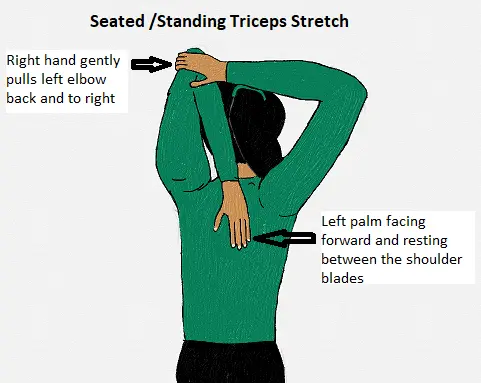
Triceps stretching :
- The patient is In a sitting & standing position, lift one arm above the head & bend it so that reaches towards the back, behind the head.
- With the help of the opposite hand, gently push back against the bent elbow joint.
- Hold this stretching for 30 seconds & feel the stretch in the tricep.
- Remove the hold & relax, then repeat this stretching with the opposite arm.
- Continue these stretching for3 repetitions in each arm.
Neck stretching:
- The patient is In a sitting & standing position, but the backup up nice & straight, facing forward.
- Then Tilt the head to one side, as if they going to put the ear on the shoulder, but don’t move the shoulder joint.
- Must be Kept the joint relaxed.
- Hold this stretching for 30 seconds.
- Remove the hold & relax, then repeat this stretching on the other side.
- Continue this stretching for 3 repetitions, on each side.
Across-the-chest stretch:
- The patient is in a sitting or standing position.
- Bring the right arm across the chest.
- Then Place the arm in the crease of the left elbow joint & use the left hand to support the arm.
- Hold this stretching position for up to 1 minute.
- Then Repeat this stretching on the opposite side.
- This stretches each side 3 times.
- To deepen the stretch, lift the arm to shoulder height.
Doorway shoulder stretch:
- The patient stands in a doorway with the elbow joint & arms forming a 90-degree angle.
- Step the right foot forward as the patient presses the palms into the sides of the door frame.
- Lean forward & engage the core.
- Hold this stretching position for up to 30 seconds.
- Then Repeat the stretch with the left foot forward.
- Do this stretching each side 2–3 times.
Seated twist:
- The patient is sitting in a chair with the ankles directly under the knees.
- Twist the upper body to the right, bringing the back of the left hand to the thigh.
- Place the right hand down because it is comfortable.
- Hold this stretching position for up to 30 seconds.
- Then Repeat this stretching on the left side.
- Do this stretching each side 3–5 times.
Exercise:
Exercise helps you reduce muscle pain & muscle weakness.
- Neck release
- Chest expansion
- Eagle arms spinal rolls
- Shoulder circles
- Downward Dog Pose
- Child’s Pose
- Thread the needle
- Arm circles
- Eagle Pose
Neck release:
- The patient is in a sitting or standing position.
- Lower the chin toward the chest.
- You will feel a stretch along the back of the neck.
- Gently tilt the head to the left to stretch the right shoulder.
- Hold this exercise position for up to 1 minute.
- Then Repeat this exercise on the opposite side.
- Do this exercise on each side 10 times.
Chest expansion:
- While standing position, hold an exercise band, strap & towel behind the back with both hands.
- Broaden across the chest as you move your shoulder blades toward each other.
- Lift the chin & look up toward the ceiling.
- Hold this position for up to 30 seconds.
- Then Repeat this exercise 10 times.
- For the deep stretch, place the hands closer together along with the towel & strap.
Eagle arms spinal rolls:
- In the sitting position, extend the arms out to the sides.
- Cross the elbow joint in front of the body with the right arm on top.
- Bend the elbow joint & place the backs of the forearms & hands together.
- Reach the right hand around to bring the palms together.
- Hold this position for upto15 seconds.
- On an exhale time, roll the spine as draw the elbow joint in toward the chest.
- On an inhale, open the chest & lift the arms.
- Continue this exercise movement for 1 minute.
- Then Repeat on the opposite side.
Shoulder circles:
- The patient is Standing with the left hand on the back of a chair.
- Then Allow to right hand to hang down.
- Circle this right hand 5 times in each direction.
- Repeat this exercise on the opposite side.
- Do this exercise 2–3 times per day.
Downward Dog Pose:
- Start with the hands & knees.
- Press into the hands to lift the hip joint toward the ceiling.
- Then Maintain a slight bend in the knee joint patient presses the weight evenly into your hands & feet.
- Keep the spine straight, and bring the head toward the feet so that the shoulders are flexed overhead.
- Hold this exercise pose for up to 1 minute.
- Repeat several times in the day.
Child’s Pose:
- First, achieve to Downward Dog Pose, bringing the big toes together & knees slightly wider than the hip joint.
- Sink the hips back onto the heels & extend the arms in front of the body.
- Then Allow the chest to fall heavy toward the floor, relaxing the spine & shoulders.
- Must Stay in this pose for up to 5 to 10 minutes.
Thread the needle:
- Start this pose on the hands & knees.
- Lift the right hand toward the ceiling with the palm facing away from the body.
- Lower the arm to bring it under the chest & over to the left side of the body with the palm facing up.
- Then Activate the right shoulder & arm to avoid collapsing into this area.
- Keep the left hand on the floor for support & lift the hand toward the ceiling or bring it around to the inside of the right thigh.
- Hold this exercise position for up to 30 seconds.
- Then relax in Child’s Pose before repeating this stretch on the left side.
Arm circles:
- The patient is Standing up straight with the feet hip-width apart.
- Then Raise the arms & extend them to the side & creating a T shape with the body.
- Try to make small circular motions with the arms.
- Repeat this exercise 10–15 times & switch the direction of rotation.
Eagle Pose:
- While the standing & sitting position then extends the arms to the sides.
- Then Cross the arms in front of the body, with the right arm over the left.
- Bend both the arms at the elbows.
- Twist the right forearm behind the left forearm & bring the palms together.
- Then Gently raise the arms upward to stretch the shoulders.
- Hold this position for up to 30 seconds.
- Then Lower the arms & gently release the position.
What are the Complications of Arm Pain?
- When you feel Aches & pains in the arm, shoulder & wrist joint it becomes difficult to write, type, talk on the phone, or go about your daily activities.
- If left undiagnosed and untreated, some types of injuries and inflammation may lead to serious tissue damage that requires surgery or other extensive treatment.
What is Prevention for arm pain?
- In many cases, arm pain occurs due to a preventable injury & condition.
- So that You can follow to prevent injury & arm pain:
- You must stretch regularly, particularly before the exercise.
- Always do the correct form for the exercises which are performed to prevent the injury
- Always wear protective equipment while playing sports.
- Lift the heavy objects carefully.


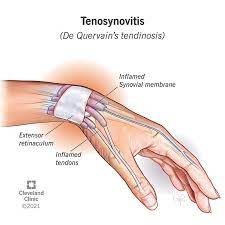
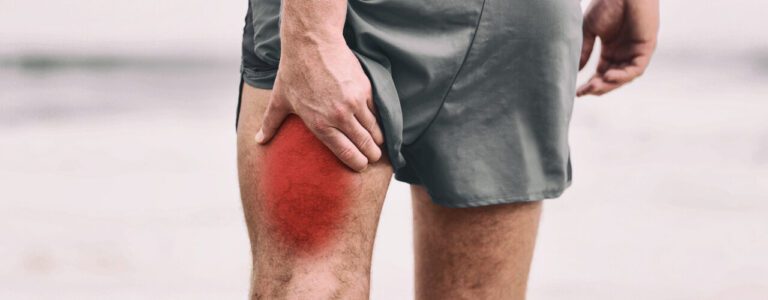
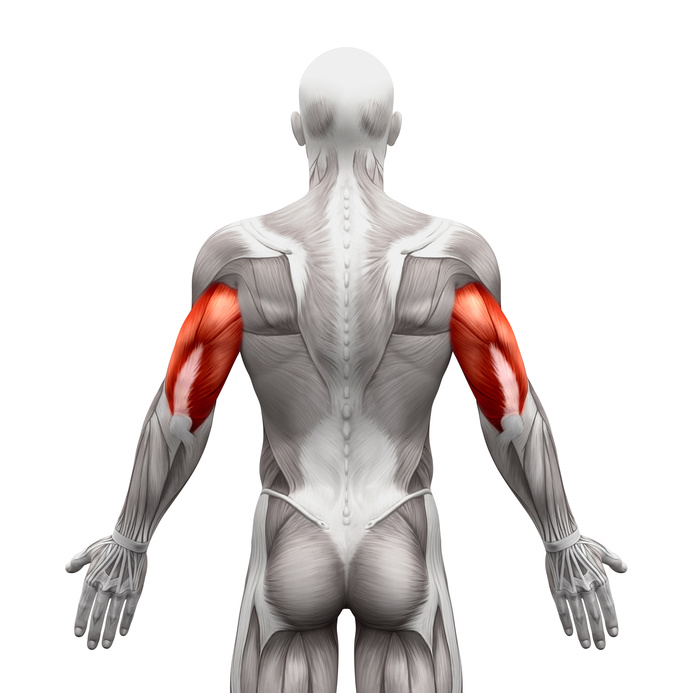
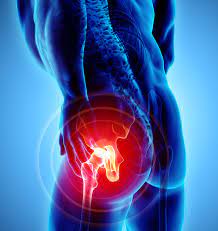
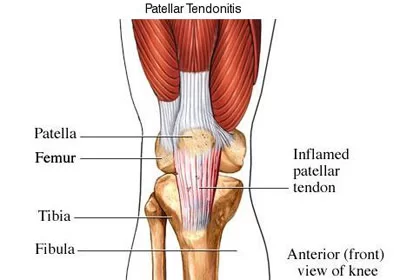
Arm pain is very common, i am also suffering from arm pain, after few days Physiotherapy treatment and exercise recover completely my arm pain, This article easy to stand and guides in simple language.